When you’re talking about productivity and power, ZenBook instantly comes to my mind. Ultrabooks are all the rage these days. They’re slim, sleek, and ultra portable. However, most ultrabooks in the market lack a discrete GPU. So if you feel like doing some light gaming or video editing, ultrabooks might let you down in that aspect. Is there an ultrabook that comes with a discrete GPU?
Yes, and it is the ASUS ZenBook 14 UX433. In this review, I will be referring the UX433FN model, which comes with discrete GPU and better specs compared to the UX433FA.

The ZenBook UX433 is a super compact and portable 14-inch laptop. It is amazing how ASUS have slimmed the bezels by so much so that they can fit a 14-inch screen in a traditionally 13.3-inch body.

In fact, the ZenBook UX433 is even smaller that my old HP Spectre x360 (2015). To give you a better understanding of how small and compact this 14-inch laptop is, the ZenBook 14 UX433 measures 31.9cm (W) * 19.9cm (D), only 15.9mm thick and measuring a mere 1.09kg.
Unboxing
Out of the box, you’ll get the following items:

- ZenBook UX433FN (Royal Blue)
- Laptop sleeve
- USB Ethernet dongle
- DC power adapter
It is really nice to see ASUS including a laptop sleeve and a USB Ethernet dongle as a free add on in the laptop package.
Build quality and design

The ZenBook UX433 is a well built laptop. The materials feel great and sturdy. The laptop comes with a Royal Blue brush metal finish retaining the classic ASUS concentric-circle design (which I still thinks looks a little outdated tbh). On the interior you have, a gold stripe accent running along the top of the keyboard. Adds a cool touch, some may like it, but personally maybe I just prefer a clean and modern design. But overall, the ZenBook UX433 still offers a sleek and modern design that I think most people will like.

Despite its small size, the ZenBook UX433 is pretty tough. ASUS says the ZenBook has met the ultra-demanding MIL-STD-810G military standard for reliability and durability. Based on ASUS’ tests, these are the tests that the ZenBook UX433 has passed:

The ZenBook UX433 is packed with great specs. There are two colors available to purchase – Royal Blue and Icicle Silver. There are unique specs that come with each colors. Generally, both laptops come with Intel’s 8th Generation Whiskey Lake i7-8565U (4-cores). But if you want 16GB RAM, 512GB SSD, and a discrete GPU (Nvidia MX150), you have opt for the Royal Blue model (ie. UX433FN) which costs $300 more.

Display

The 14-inch screen is pretty good. The ZenBook UX433 has a matte FHD (1920 x 1080) screen which looks sharp. It has good brightness of up to 330 nits and has 99% RGB and 72% Adobe RGB color accuracy. Note that this isn’t a touch enabled display, which might be a deal breaker for some. Despite slimming the bezels, the 720p webcam still sits up top which is where it should belong.


The ZenBook UX433 supports Windows Hello, which is really fast – unlocks right away when you lift up the lid. However, if your recorded face with without spectacles and you wear spectacles, Windows Hello will fail to unlock.
Keyboard and ErgoLift
When you open up the laptop lip, the keyboard at the back tilts up a few millimeters. ASUS calls it ErgoLift, which lifts the laptop up by around 2 to 3 degrees. This provides a comfortable typing position and helps with cooling.

Keyboard layout is nice, with convenient hotkeys and the ability to lock your Fn keys easily. Despite being a thin laptop, the key travel is great, I find myself typing much faster with less typo when compared to my 2018 MacBook Pro.

Trackpad

Trackpad on the ZenBook UX433 is accurate and responsive. It uses Windows Precision and is made of glass. This makes scrolling and navigating really smooth. A small detail that I think ASUS did well is that the whole bottom half of the trackpad is clickable. This means that you do not have to move your finger to the bottom of the trackpad in order to click something, making things more efficient. The quality of the trackpad is really good, and comes pretty close to MacBook’s trackpad (thanks to their force touch trackpad).
Wait.. there’s a number pad on my trackpad?
A new feature on the ZenBook UX433 is the NumberPad. Clicking on the top right corner of the trackpad will reveal a key pad.
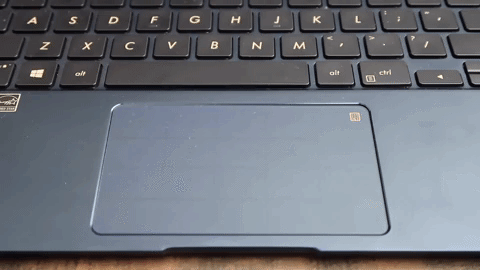
Despite early reviewers commenting that there is a lag from input to the numbers showing on screen, based on my use I actually didn’t experience any lag and that the numbers showed up quite quickly upon input. Compared to physical keys, I’d say there might a milli-second of delay, but you can’t really tell. You can continue to use the trackpad as it is even with the NumberPad turned on, so that’s pretty nifty.

Ports selection
One aspects of the ZenBook UX433 that has room for improvement would be its ports selection. Don’t get me wrong, the ZenBook UX433 still has a decent selection of ports.
On the left, you have the DC-in, a full size HDMI, USB 3.1 Type-A, and USB-C 3.1 Gen 2.
And on the right, you have an audio jack, USB 2.0, and a MicroSD card reader. It’s good to see a full size HDMI and a MicroSD card reader there, but it would have been awesome to see a USB-C Thunderbolt 3 port and charging via USB-C.
Battery and speakers
Battery on the ZenBook UX433 is a 50W one. Based on my normal usage, I’m getting around 8 to 9 hours which is pretty good and more than enough to last a whole day of school. Speakers wise, they sound pretty good despite being on the base of the laptop. Sound signature is bright but lacking on the bass performance. Not as good as MacBook speakers, but compared to their Windows counterparts, it’s a pretty decent speaker considering its size.
Performance

A quad core i7 CPU bundled with a MX150 discrete GPU definitely makes this laptop a highly versatile one. Thermally, the ASUS ZenBook UX433 is a good performer. When doing light tasks, the laptop remains very quiet, and even on intensive tasks, the laptop doesn’t get too loud.
I tried editing a 4K video on the ASUS using Premiere Pro CC and everything ran very smoothly. LUTs, added effects with about 3 layers flowed smoothly – no lags no hangs, I could preview all the changes without having to render it first. As long as you’re not loading up to 6 layers and above, I think the ZenBook UX433 will handle most projects with ease.
The fans starts to kick in when you’re in the Premiere Pro so that’s also something to take note.
Another thing to note is that the ZenBook UX433 starts to heat up quite quickly when I’m charging it. This shouldn’t be an issue but it is good to know.
Conclusion
Unless you really need Thunderbolt 3 capable laptops, the ZenBook UX433 presents a compelling option for your laptop to school.
This model of the ZenBook UX433 (Royal Blue) costs S$1,898. For that money, I feel like you’re getting really good stuff packed in a sleek and portable device – great performance and build quality, interesting NumberPad, and a discrete GPU.
On top of all those, the main attraction of the ZenBook UX433 is that you will be getting a full 14-inch screen in a 13.3-inch laptop footprint! It is surely one of the best value laptops of 2019.
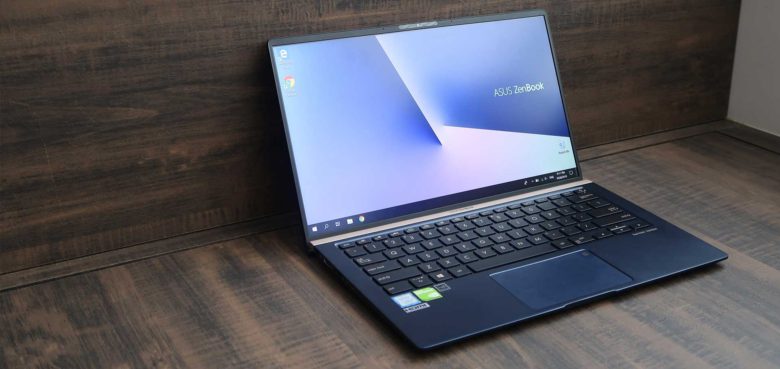

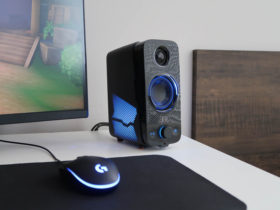
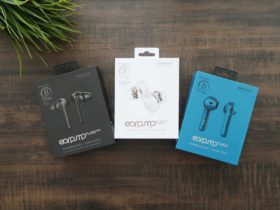
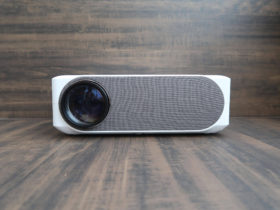
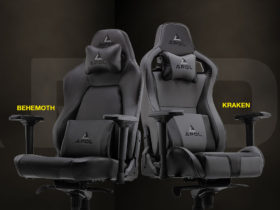
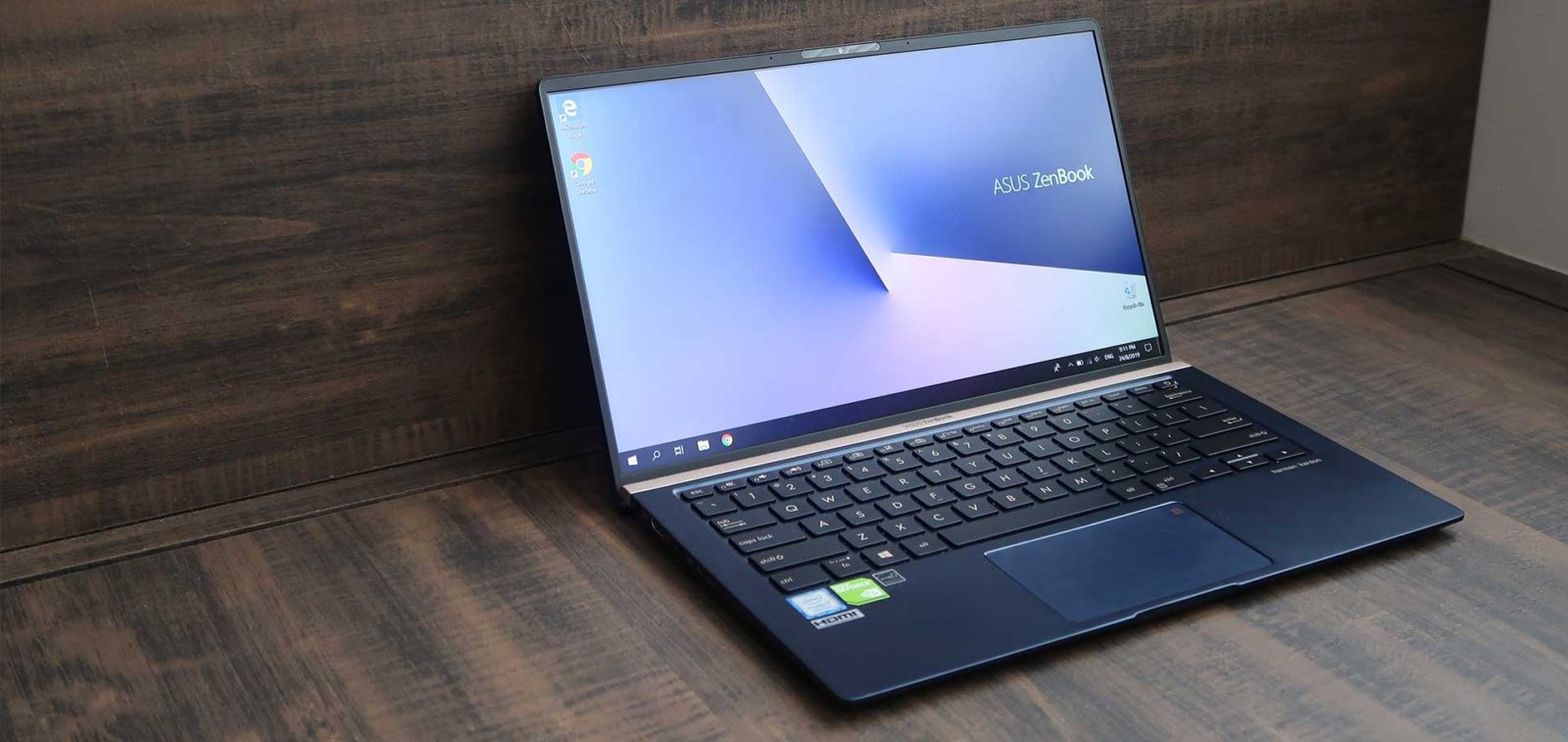
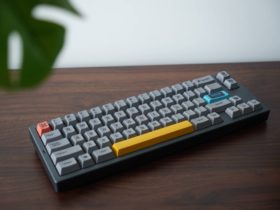





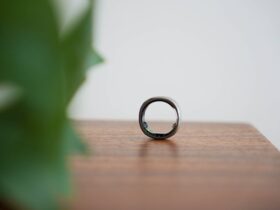
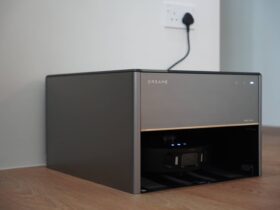
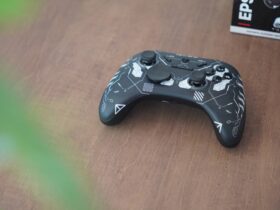
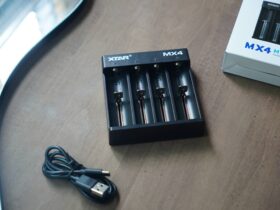
Leave a Reply